Shanta’s Vegan Lasagna
December 27, 2022
Vegan Lasagna with Tofu, Brown Lentils, Mushrooms and Homemade Marinara Sauce
By Shanta Nimbark Sacharoff
These days, I am preparing food for a lot of vegan folks or for people who cannot tolerate dairy or cheese. So, I have to come up with ingredients and options that are suitable for these diets. Sometimes this is challenging as the cheese and/ or eggs create a nice texture necessary for some casseroles dishes. The alternative vegan “cheeses” are often not tasty and they are expensive. So, here I creatively combined various healthy layers to make a vegan lasagna that is both tasty, nourishing and budget-friendly.
This lasagna is prepared with tiers of marinara sauce, lasagna noodles, and cooked lentils sauteed with mushrooms, and tofu, all of which are nutritious. Combined together, these ingredients give the dish a lofty texture without cheese.
The secret of making this dish tasty is the homemade marinara sauce. First make the sauce, which can be prepared days ahead of time of cooking the lasagna.
Ingredients for Marinara Sauce
4 pounds fresh ripe tomatoes or 32 ounces of canned tomato chunks
6 tablespoons olive oil
1 cup onion, finely chopped
1⁄4 cup bell pepper (any color), finely chopped
2 cloves garlic, minced
1 tablespoon each fresh, minced oregano and basil leaves, or 1⁄2 teaspoon each dried, crumbled oregano and basil leaves
2 tablespoons finely chopped parsley leaves 1 teaspoon salt or to taste
Freshly ground black pepper to taste
1 teaspoon honey or sugar
1⁄2 cup red wine or vinegar
If you are making marinara sauce in the summer, use fresh Roma or heirloom tomatoes. If fresh tomatoes are not in season, canned organic tomatoes also work well for this sauce.
To make the sauce from fresh tomatoes, boil them in a large pot of water for a few minutes until their skins split. Transfer them to a bowl of cold water. When cool enough to handle, remove the skins. Place the peeled tomatoes on a cutting board, chop them into chunks, and set aside. If you are using canned tomatoes, set them in a bowl with its juices.
Next, in a large saucepan, heat the oil and add the onion. Sauté the onion for a few minutes until soft. Add the bell pepper and stir-fry for a few minutes. Then add the garlic and sauté for a minute. Finally, add the tomatoes, the herbs, parsley, salt, and pepper and stir to mix. Add the sweetener and wine or vinegar. Cook for 25 to 30 minutes, stirring from time to time as the sauce thickens. Set the sauce aside. If planning to use the sauce much later, cool it to room temperature and refrigerate.
The sauce keeps for up to a week, if refrigerated. While the sauce is cooking, boil the lentils to make lentil/mushroom filling using the ingredients listed below. Also, saute the tofu to dry it out into small dry crumbs.
Ingredients for Lentil/Mushroom Layer
1 cup of brown lentils
10 to 12 button white or crimini mushrooms about 1 ½ when sliced
½ cup marinara sauce (made from the recipe above)
Preheat the oven at 350 degrees temperature. Boil 4 to 5 cups of water in a pot and add brown lentil. Boil them for 20 minutes to cook them thoroughly but not too soft so that they are falling apart. When finished cooking, drain them completely. Heat ½ cup of tomato sauce in a skillet, add the drained lentils and mushroom slices and saute them together for 3 to 5 minutes. Then transfer the mixture to a platter and set it aside.
Next, make the tofu layer.
Ingredients For Tofu Layer
1 tablespoon oil
2 cups of firm tofu broken into small pieces
First drain some of the liquid out of tofu pieces by pressing them onto a sieve. Then brake the pieces into small crumbs. Heat a tablespoon of oil in a skillet and saute the tofu crumbs while breaking them with a spatula. Continue this process for a few minutes to dry out tofu but don’t allow it to brown. Set the dried tofu crumbs aside.
Last step of preparation: Boil the lasagna noodles.
Ingredients for Lasagna Noodles
6 to 8 cups of water
½ teaspoon salt
8 to 10 sheets of lasagna noodles
Boil the water in a large pot with salt. Add the lasagna noodles when it comes to a complete boil. While the noodles are boiling, turn them with tongs to make sure they don’t stick to each other. Cook them for 10 to 12 minutes or as directed on the package. When soft enough (but not falling apart) stop cooking, drain them using a large colander and sprinkle some cold water to prevent them from further cooking. Set them aside. (You can even separate them into single sheets and spread them onto a towel while getting ready to assemble the lasagna casserole.)
Ingredients for Lasagna Casserole
4 cups (or more as needed) Italian style tomato sauce
2 cups of crumbled tofu
3 to 4 cups lentil/mushroom mix
8 to 10 cooked lasagna noodles
3 to 4 tablespoons of roasted cashews crushed into a nutmeal to use as garnish (optional)
Finely chopped fresh parsley leaves for garnish
Prepare the optional cashew meal by crushing roasted cashews using a food processor or a rolling pin. (The don’t have to be finely ground.) Chop the parsley. Set the garnishes aside.
Line a 9-x-13-inch casserole dish (or a pan of approximately that size) with ½ cup tomato sauce spreading it evenly. Arrange a few noodles in a single layer to cover the sauce. Sprinkle a cup of tofu crumbs and a cup of lentil/mushroom mixture. Then spread a cup of tomato sauce all over, making sure to cover the corners. Repeat the process once or twice as ingredients and the size of your pan allows. Top the casserole with additional tomato sauce, making sure to cover it completely with the sauce. Cover the casserole dish and bake for 45 minutes or until the lasagna is set. Uncover and cook for a few minutes. Then take the lasagna out of oven. Sprinkle the garnishes right before serving or offer them in separate bowls to be passed on the dining table. If serving later, you can reheat the lasagna at a 300 degrees in a hot oven for a few minutes, after spreading a few tablespoons of sauce all over the top.
————————————————————————————————————————————————-
——————————
© 2022 Shanta Nimbark Sacharoff
————————————————————————————————————————————————-









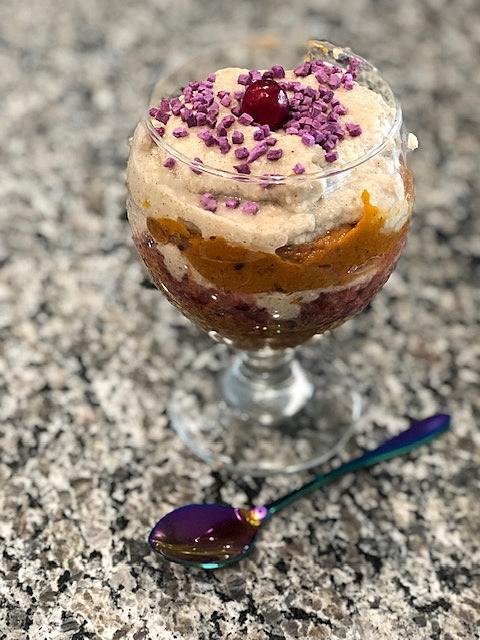

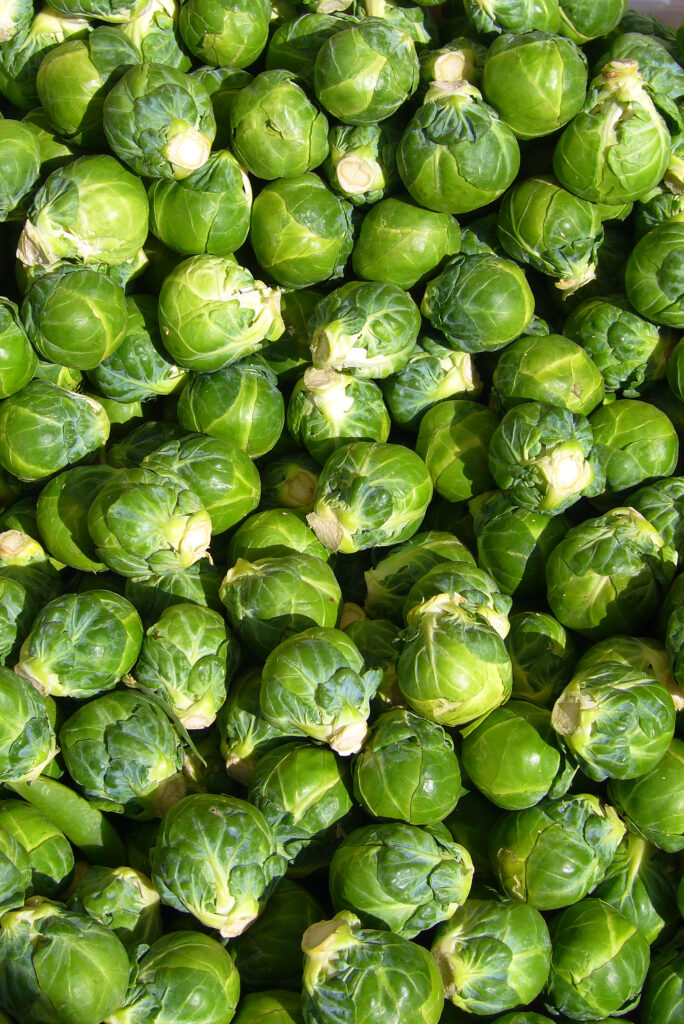
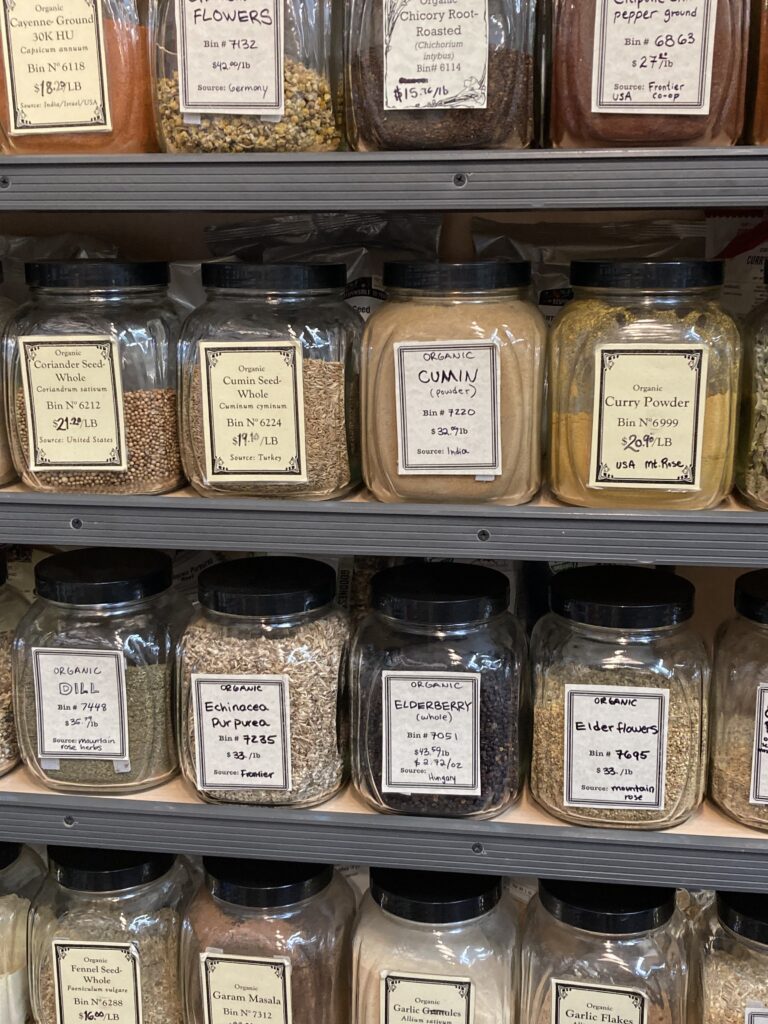

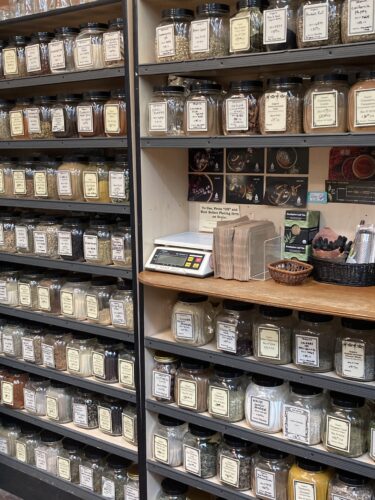 Which herbs and spices pack the biggest antioxidant punch?
Which herbs and spices pack the biggest antioxidant punch?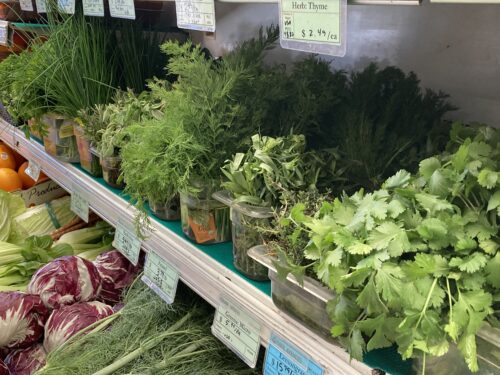
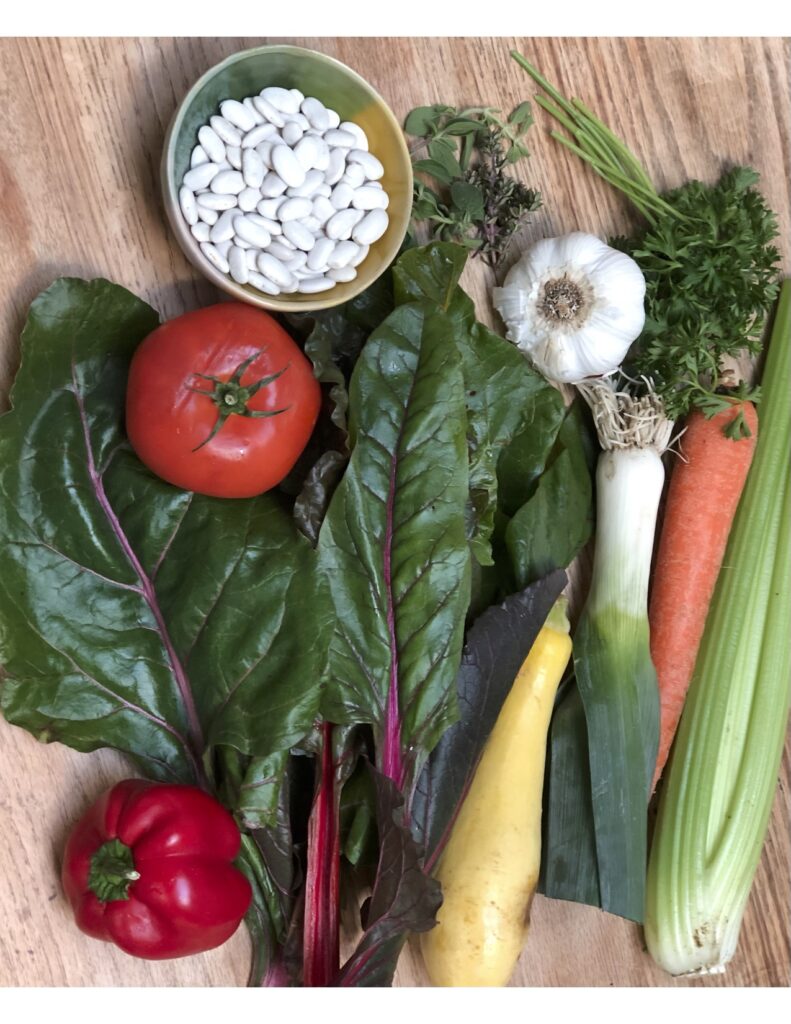
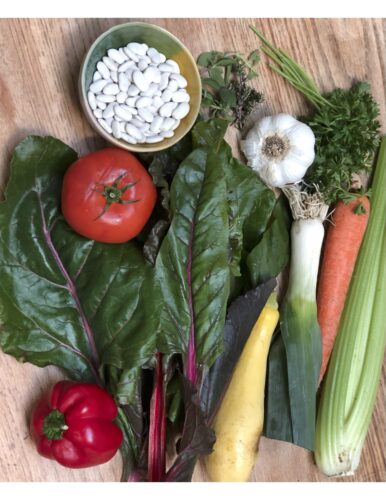




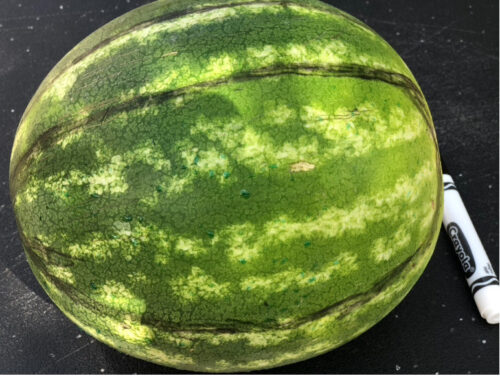
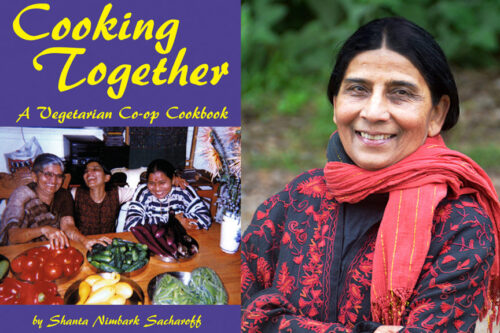 Recipe adopted from “Cooking Together: a Vegetarian Co-op Cookbook” Copyright © 2017 Shanta Nimbark Sacharoff
Recipe adopted from “Cooking Together: a Vegetarian Co-op Cookbook” Copyright © 2017 Shanta Nimbark Sacharoff 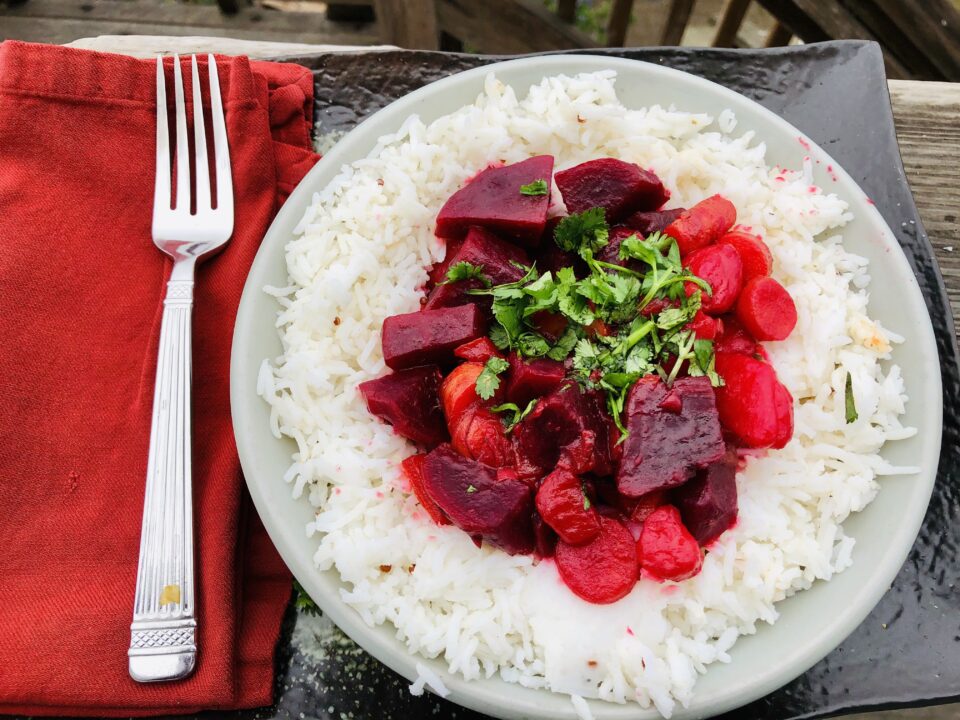
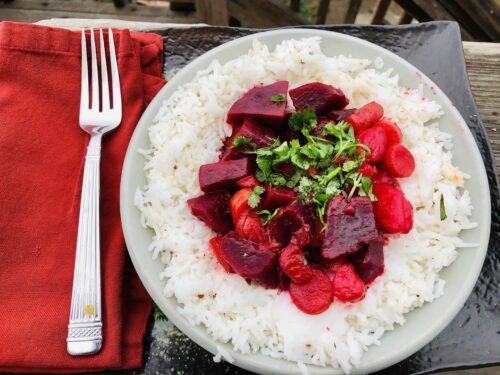
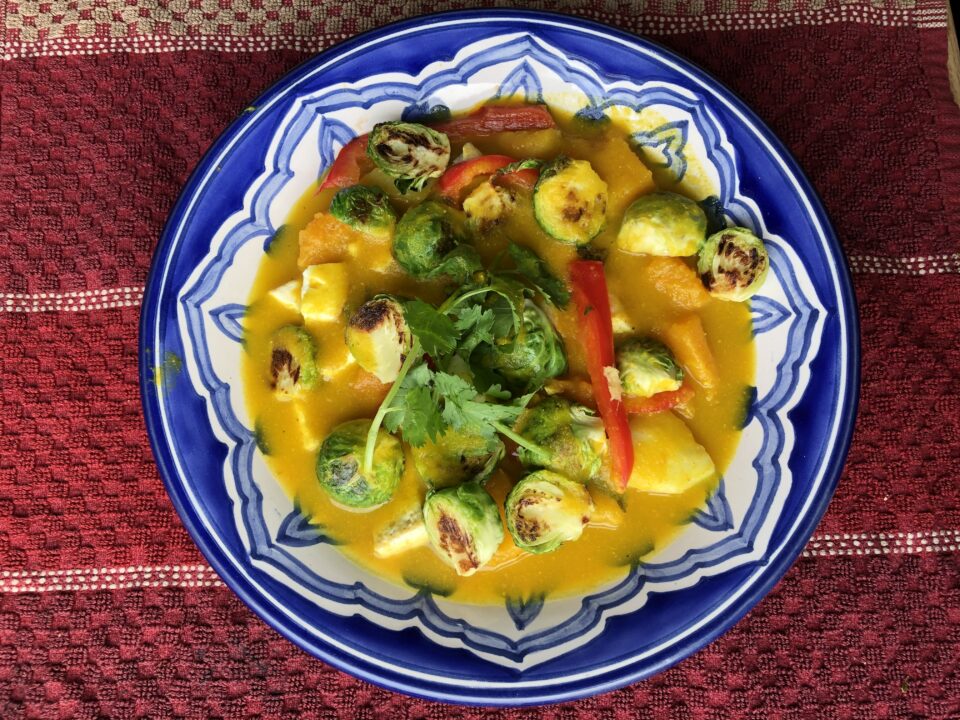


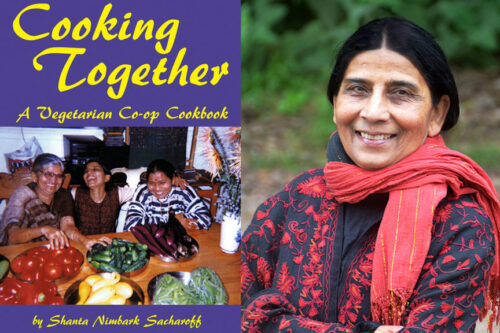
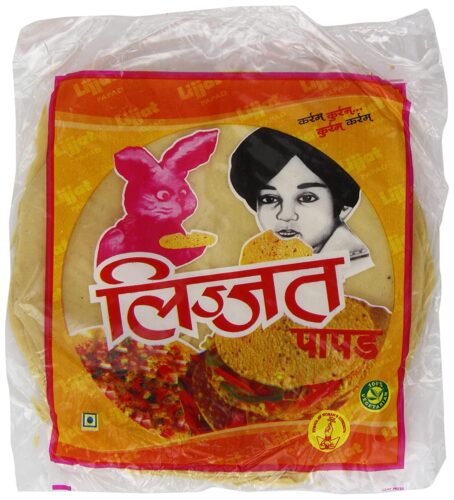
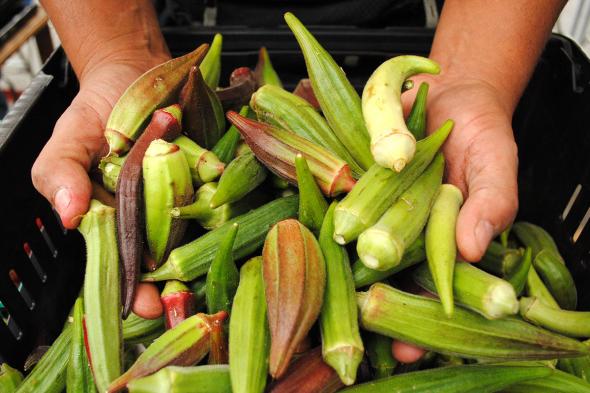
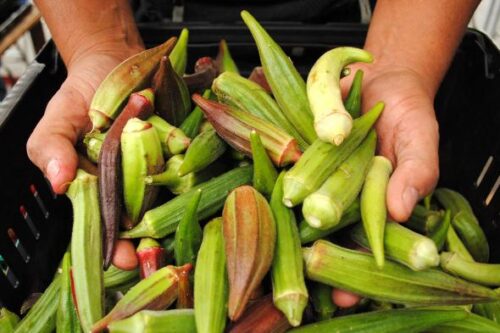 Okra is native to West Africa and was brought to the United States by enslaved Africans. It became a popular soul food in the south. However, the use of okra is not widespread in rest of the US.
Okra is native to West Africa and was brought to the United States by enslaved Africans. It became a popular soul food in the south. However, the use of okra is not widespread in rest of the US. 

